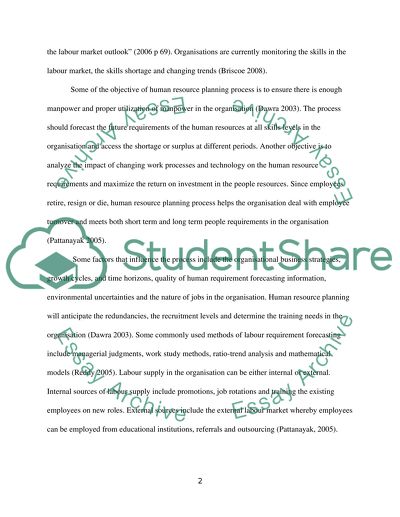Cite this document
(Human Resource Planning Process Essay Example | Topics and Well Written Essays - 2000 words, n.d.)
Human Resource Planning Process Essay Example | Topics and Well Written Essays - 2000 words. Retrieved from https://studentshare.org/human-resources/1458927-critically-discuss-why-ypknowledge-of-the
Human Resource Planning Process Essay Example | Topics and Well Written Essays - 2000 words. Retrieved from https://studentshare.org/human-resources/1458927-critically-discuss-why-ypknowledge-of-the
(Human Resource Planning Process Essay Example | Topics and Well Written Essays - 2000 Words)
Human Resource Planning Process Essay Example | Topics and Well Written Essays - 2000 Words. https://studentshare.org/human-resources/1458927-critically-discuss-why-ypknowledge-of-the.
Human Resource Planning Process Essay Example | Topics and Well Written Essays - 2000 Words. https://studentshare.org/human-resources/1458927-critically-discuss-why-ypknowledge-of-the.
“Human Resource Planning Process Essay Example | Topics and Well Written Essays - 2000 Words”, n.d. https://studentshare.org/human-resources/1458927-critically-discuss-why-ypknowledge-of-the.


